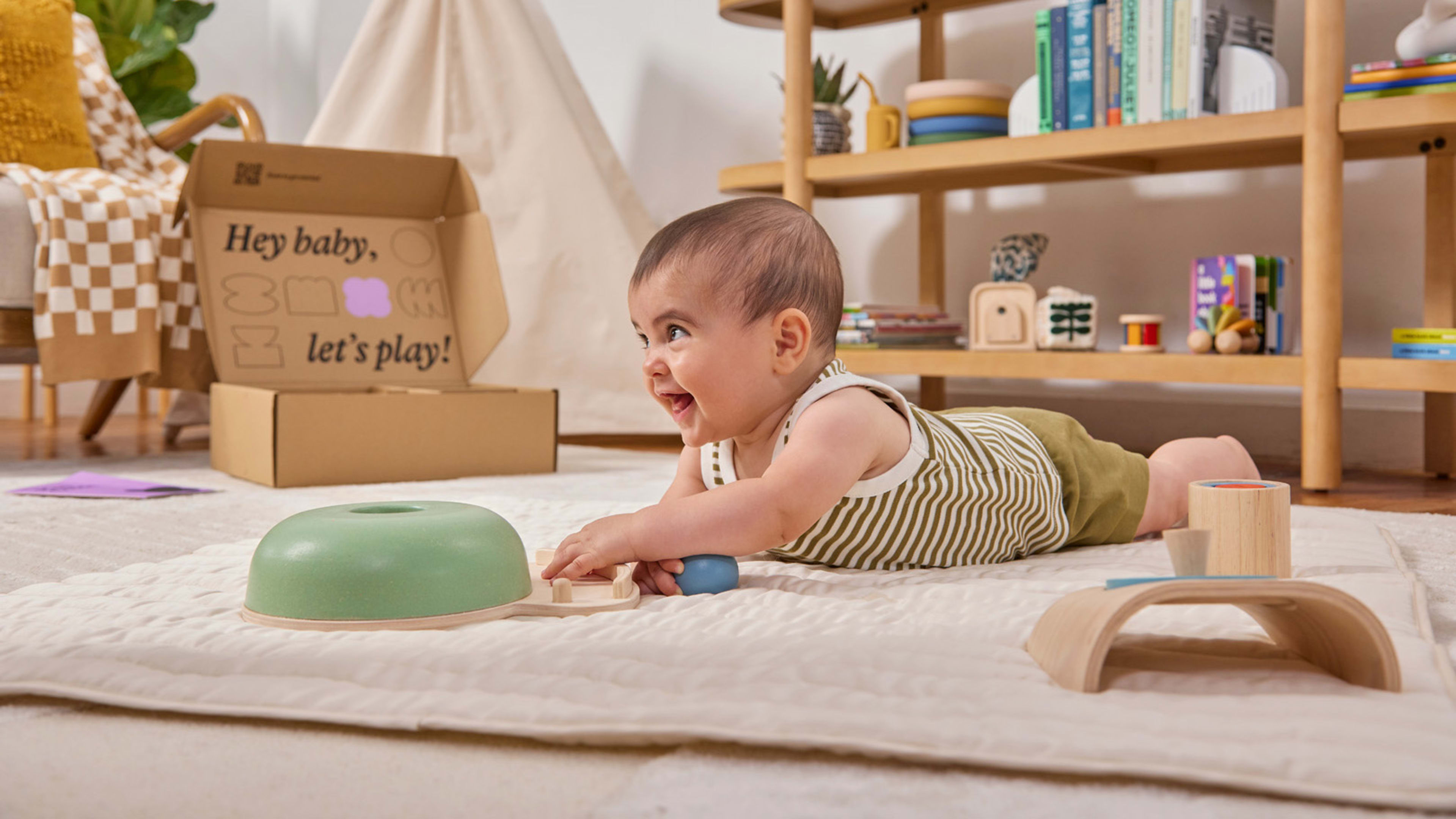Kids are in perpetual flux, so their preferred toys are constantly changing. One month, your toddler won’t stop playing a wooden drum. The next month, they’re over it, and only want to play with a train set.
Many American homes are overflowing with toys fueled by the $28 billion toy industry. And since toys have a relatively short lifespan, families will discard them in a matter of months or years. Most toys cannot be recycled: Nearly 80% of all toys produced in 2019 ended up in landfills, incinerators, and the ocean. And since the vast majority of toys are made from plastic, toys accounted for 6% of landfill plastics.
Lalo, a startup that makes kids furniture and toys, wants to prolong the life of its products. It recently launched a new program called Re-Play that allows families to send their toys back using a free shipping label, so they can be passed on to other children in their area who will benefit from them. And ultimately, when the toys are no longer usable, they will biodegrade, since they are made primarily from wood.

Lalo is a relatively small player in the enormous toy industry, dominated by players like Mattel, Fisher Price, Lego, and Melissa and Doug. Its Re-Play programs highlights how far the broader industry has to go if it wants to create a circular system that doesn’t accelerate climate change and pollute the planet.
A new kind of kids company
Michael Wieder and Greg Davidson launched Lalo in 2019 with the goal of creating a kid’s product company that aligned with the values of millennial parents. This meant creating more attractive high chairs and infant bath tubs that fit into a minimalist, modern aesthetic. But they also believed they had an opportunity to create products that were more sustainable than what came before.
Wieder says the company designs products that can be used in different ways, for as long as possible. For instance, its high chair comes with a conversion kit so you can transform it into a toddler chair that can be used until a child is well past five or six. Parents can convert the infant play gym into a tent that can be used for years, and the bath tub was intentionally designed to look good as a toy storage bin. In theory, this means families will need to buy fewer products over the course of their child’s life. “We’re always thinking about creating products with modular designs, so they can be used in many contexts,” says Wieder.

When it began making toys, Lalo’s designers focused on creating products that were developmentally appropriate for each stage of infancy and childhood, while also ensuring kids could play with them in many different contexts. For instance, a young child can stack a set of blocks, and older kids can use them to build an elaborate castle.
Still, children will eventually get tired of these toys. And so Lalo’s founders wanted to find a way to keep them in circulation longer. Some families pass on their toys to other people or donate them to charities, but not everyone has the time to do this. “We wanted to create durable toys that many children could play with,” Wieder says. “We wanted to make it easier for them to find new homes.”
When a family returns the toys, Lalo’s team finds a donation center close to their area. Then they send a label so the toys can be shipped there. The goal is to keep the transport of products nearby to cut down on emissions from shipping.

The wider toy industry hasn’t done much to move towards a more circular system. There are very few brands that have takeback programs. One exception is Lego, which announced a program in 2019 that would allow people to send back boxes of bricks to be cleaned and donated. At the time, it also announced a plan to transition to recycled plastic in its bricks, but it has faced setbacks in its efforts.
Part of the problem is that the toy industry is dominated by very large companies and conglomerates, with wide-reaching supply chains. Changing their design process and materials is a complex endeavor that is arguably harder than building a supply chain from scratch, as Lalo has done. At the same time, the toy industry hasn’t experienced the same kind of pushback and scrutiny from consumers as other sectors, like fast fashion. But it’s crucial for them to move towards more sustainable practices if we’re to slow the acceleration of climate change and reduce pollution.
“As toy makers, we spend a lot of time thinking about children and their development,” Wieder says. “This means thinking about the planet they’re going to live on in the years to come.”
Recognize your brand’s excellence by applying to this year’s Brands That Matter Awards before the early-rate deadline, May 3.
